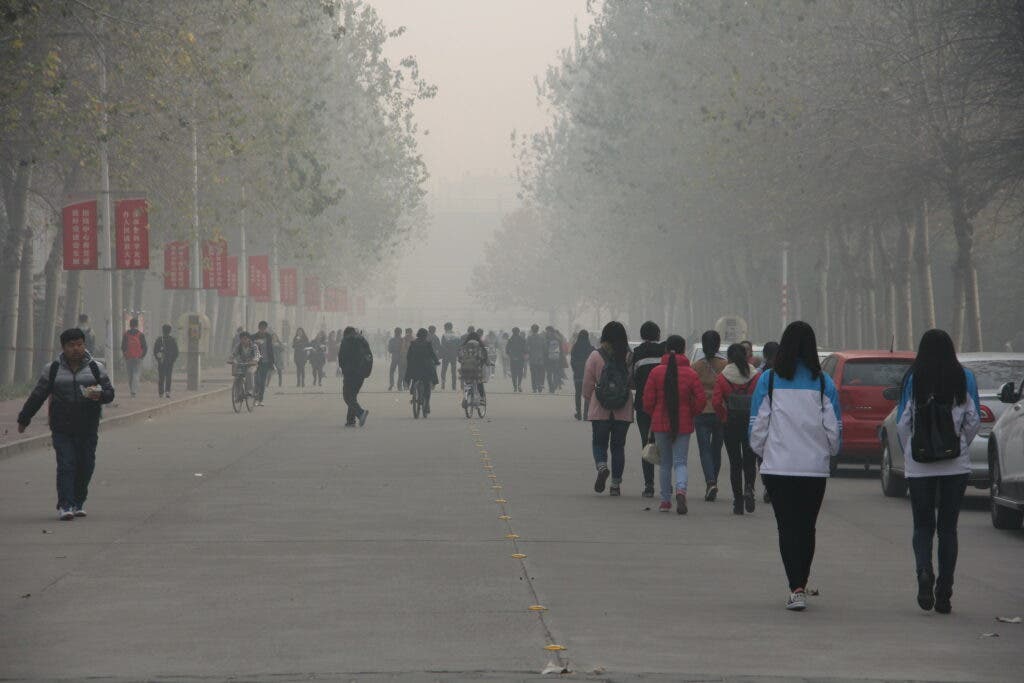According to a new study, the presence of air and water pollutants affects the human sex ratio at birth — some increase the ratio of boys at birth, while others decrease it. It’s hard to say how significant this change is, but researchers warn that it could have long-term consequences

There are more boys born than girls in every single country of the world. This has been the case since 1962, the earliest data available. The World Health Organization (WHO) estimates that currently are around 105 males per 100 female births for most countries, although this can slightly vary from around 103 to 107 boys per 100 girls.
A study from 2015, considered the most extensive one of its kind, tracked the evolution of sex ratio from conception to birth and found that sex ratio at conception is equal – there are no differences in the number of male and female conceived. However, female mortality is slightly higher than male over the course of a pregnancy.
Andrey Rzhetsky from the University of Chicago wanted to explore the issue further with a group of researchers, hoping to understand the factors that influence sex ratio at birth. Previous studies have found that changes in weather, stress and pollutants could influence the sex ratio, but they only looked at one or two factors at a time.
“The issue of sex ratio at birth is surrounded with legends, conjectures, and small-sample trend observations,” Rzhetsky told ZME Science. “Variation at birth occurs through death of embryos, for some reason biased towards one of the sexes. If the causes can be established, the findings can have profound health implications.”
Understanding sex ratio at birth
In this large scale study, Rzhetsky wanted to validate previously-reported associations and test new hypotheses using statistical analysis of two very large datasets incorporating electronic medical records. One dataset included over half (150 million) of the US population, while another covered the entire Swedish population.
“We decided to test a collection of past claims plus a number of new associations with environment using a very large cohort, effectively over half of US population,” Rzhetsky, told ZME Science. “We found a number of associations between sex ratio at birth change and individual pollutants. Ideally, these associations will be studied in animal models.”
The findings showed that the sex ratio at birth wasn’t affected by seasons, ambient temperature, violent crime rates, unemployment rates, or commute times. However, there were a set of pollutants that affected the sex ratio, some increasing the ratio of boys and other decreasing it – such as iron, lead, mercury, aluminum and carbon dioxide.
Air pollution is one of the most significant environmental problems across the world. The average global citizen is estimated to lose 2.2 years of life with the current levels of air pollution, a study found this year, with all of us exposed to more than three times the air pollution considered acceptable by the World Health Organization (WHO).
There were also other factors associated with changes in the sex ratio, the finding showed, including extreme droughts and industrial permits. The researchers also tested links between stressful events in the US and sex ratio in nearby areas, finding that Hurricane Katrina didn’t cause any changes and that the Virginia Tech shooting did.
However, this is still just a correlation. We don’t fully understand the effects that pollutants and other environmental factors have on the sex ratio of babies, but studies like this suggest that the impact of our pollution can be more far-reaching than we thought.
The study was published in the journal in PLOS Computational Biology.









